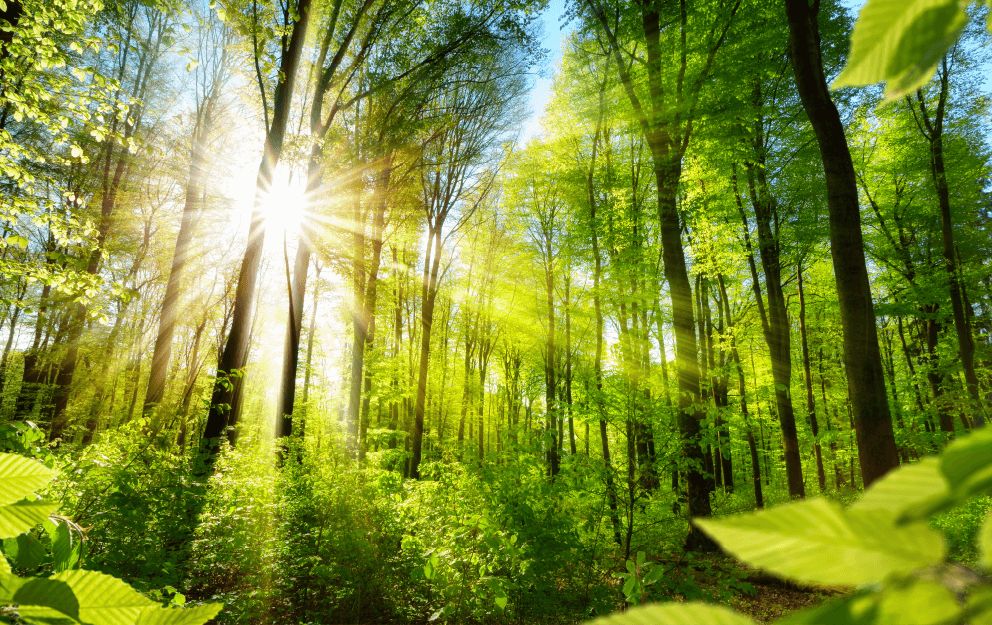
One of the best things about being on the National Institute of Education (NIE) campus is the lush greenery, topped by a rich diversity of flora and fauna. And with a wonderful forest sitting right in our backyard, sightings of beautiful and exotic creatures aren’t as rare as you might think. In this exclusive story, Roxanne Lau, a resident nature enthusiast, tells us more about her favourite nature sightings from campus…
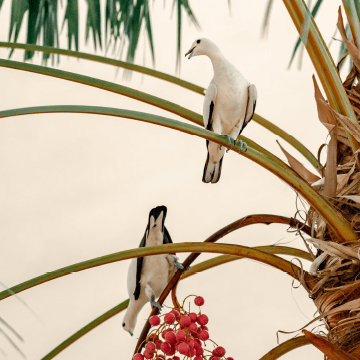
I spy with my little eye… Pied Imperial Pigeons!
“Unmistakable due to their large size and monochrome plumage, the Pied Imperial Pigeon are commonly sighted in the western part of Singapore. Local populations expanded when they were joined by some of the free-flying individuals from Jurong Bird Park. To spot them on campus, look out from the corridor at Block 5 and you’ll be greeted by groups of Pied Imperial Pigeons feeding on the red MacArthur palm fruits.”
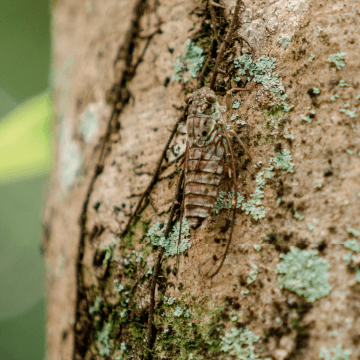
This sounds familiar… it’s the raucous Cicada!
“You’ve heard their raucous mating calls echoing through the corridors outside the labs at Block 7, but have you seen the Cicadas? Male Cicadas are responsible for the noise, which is produced by vibrating a membrane located at the abdomen. If you are curious what they look like, heed towards the direction of the sound and scan the tree trunk for a break in its silhouette. Like many insects, young Cicadas undergo conspicuous transformation as they grow into adults (think: caterpillar and butterfly). When it is time to grow up, the young wingless cicada nymphs would climb up a tree to moult into their flying adult form, leaving their ‘old clothes’ behind.”
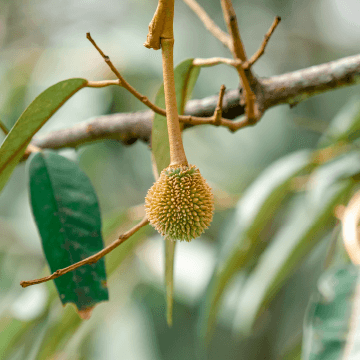
Durian trees at the National Institute of Education (NIE)?
“That’s right! The area behind Block 7 may resemble a mini fruit orchard with durian, mango, jackfruit, breadfruit and even passionfruit trees. The flowers and fruits of a durian tree at various growth stages are visible in these pictures. The flowers emerge directly from the woody tree branch, giving the durian tree its cauliflorous characteristic. Another special feature is the coppery underside of the leaves, which resemble scratch-to-win cards. These give the trees a beautiful two-tone crown when one looks up.”
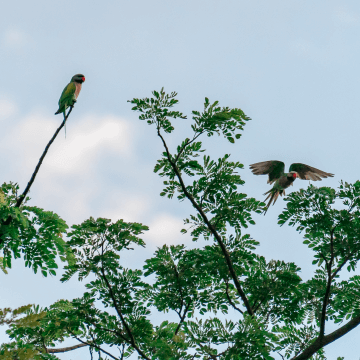
Red-Breasted Parakeets… with Pink Beaks and Green Feathers!
“You might have heard the high-pitched chirps of Red-Breasted Parakeets and wondered what animal could be making that cute little noise. Well, they’re made by the parakeets! I was lucky enough the other day to capture this snap of two male individuals with their brilliant pink beaks (females have black beaks). Parakeets are easily identifiable by their calls, long tails and distinct wing shape when they fly. With their bright green feathers, they aren’t too difficult to spot — so keep a look out for them!”
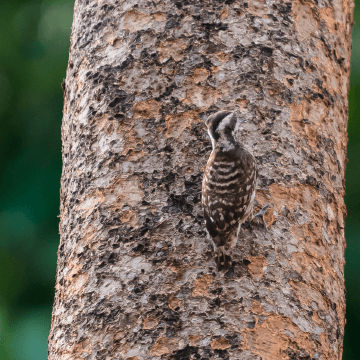
Sunda Pygmy Woodpecker… Mini engineers of the avian world
“The Sunda Pygmy Woodpecker is the smallest species of woodpeckers in Singapore. In fact, this little guy can often be seen hopping up a tree trunk. My trick to spotting one is to simply scan along the tree trunk until I see a spotted little hopping bird, occasionally drilling into the bark and wood. Woodpeckers are called ecological engineers as the tree holes they create for themselves could subsequently become homes to other cavity-dwelling animals as well.”
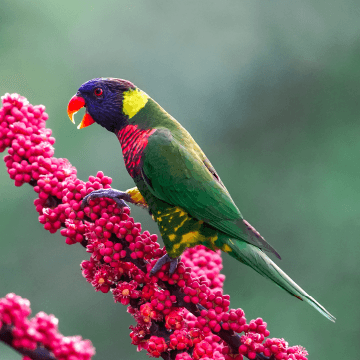
Coconut Lorikeets… Brilliant and loyal creatures
“While on my way to the gym, I often hear the familiar screech of lorikeets. Coconut lorikeets are known as monogamous birds and one day, I was lucky enough to be greeted by a lovely pair displaying their open affection at eye-level! Upon sharing my excitement with my friends, we returned the next day for the lorikeets’ well-deserved photoshoot to do justice to their brilliantly colourful plumage. To catch a glimpse of these charming birds, hang around at the end of Block 5 and wait for the lorikeets to feed on the nectar and pollen of the Australian umbrella tree flowers. Soon enough, you’ll be mesmerised by their vivid colours and not want to leave!”

Meet Roxanne
Roxanne Lau Shu Xin is a Year 3 student from the NTU-NIE Teaching Scholars Programme (TSP). She is passionate about local biodiversity and its conservation, thanks to the many field trips taken during her time at the National Institute of Education (NIE). Her fascination with natural species and their vital roles in the ecosystem grew through the Evolution and Diversity modules she took in Year 2. She is thankful to her lecturers and professors for playing a part in the discovery of her interest. If you are interested in biodiversity in Singapore, follow Roxanne and her friends on their Instagram adventures at @nurturin.nature





